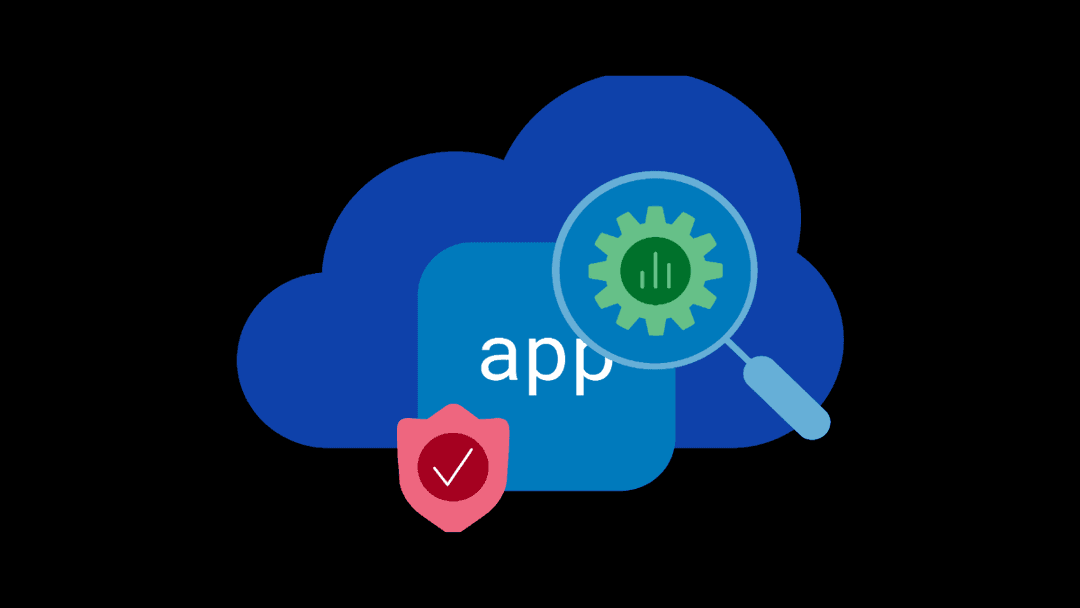Developing artificial intelligence systems has become easier than ever, and you (or your board of directors) might be eager to start putting it to use. Adopting AI can offer unprecedented opportunities to modernize your business. For example, it can:
- Uncover new business insights to reduce costs and grow revenue
- Unlock innovative visions for new products and services
- Define new markets where you gain first-mover advantage
However, AI development is moving incredibly fast, and maintaining AI systems in complex hybrid or multicloud infrastructure is difficult and expensive. If your IT and security teams, like many, are already stretched thin, the prospect of adding new and complex technology to your already towering stack is daunting. But it doesn’t have to be. Read on to learn about solutions available today that can help you build, maintain, and secure multicloud AI workloads with ease.
Step 1: Understand the AI Risks
AI-based apps—while they may have some sophisticated capabilities under the hood—are like any other modern app driven by data, with a wide range of human-initiated and bot-driven cyber risks and hazards, including:
- Unauthorized Access: Unvetted AI application interfaces (shadow APIs) might be unknowingly visible and accessible to bad actors, posing unauthorized access to, and misuse of, the model and training data.
- Model Exploitation: Bad actors can replicate an AI model by querying it repeatedly, allowing them to create a copy that could be used competitively or maliciously. They can also use model inversion to reconstruct AI model properties or to compile new training data sets, potentially revealing sensitive information.
- Rate Limiting and Cost Overruns: Some AI models can be overused without strict rate limiting. This can lead to service degradation, brute-force attacks, or full-fledged denial of service attacks. Abuse can lead to significant costs in addition to disruption.
- New Deployment Models: Distributed architectures or edge deployments needed for successful AI workloads may be unfamiliar. Maintaining consistency and security across these varied environments is a challenge.
Addressing these risks requires setting and enforcing appropriate access levels, data protection measures, app security controls, API authorization methods, and performance-boosting configurations across the entire infrastructure.
Step 2: Minimize Complexity
Each stage of the development lifecycle compounds the complexities in building, connecting, and maintaining the distributed environments needed to operate a secure, high-performing AI solution. One way to significantly reduce complexity is by using containers. They require fewer resources while offering faster deployment in numerous environments.
Another key to reducing complexity is a unified development and delivery platform. This helps the many teams involved in developing AI models and apps work collaboratively and efficiently. It also simplifies the elaborate process of training the AI models and deploying AI data and applications across your multifaceted infrastructure.
A unified platform can help your teams overcome the development and management challenges with simple configurations and deployment in the cloud or on premises. However, that platform also needs to build in security at every step of the process.
Step 3: Integrate Security
APIs can be a major risk for AI-based apps, as these connections are key for operation. Adding API security to the AI model and app deployments not only keeps them secure and available but also adds additional governance.
Distributed apps or ones running at the edge require secure connectivity for seamless operation across clouds or customer locations while protecting apps and data against threats or unauthorized access. Apps and AI models also need protection from security threats ranging from bots to vulnerabilities. Deploying an additional layer of protection designed for web apps prevents attacks that can cause slowdowns or a data breach.
Safeguard Your AI Solutions Today
AI-powered apps is a game-changer, but they also have a lot in common with the modern apps you’re already familiar with. There are solutions available today that can help you address the risks involved in delivering an AI solution that meets your business modernization objectives.
F5 and Red Hat are collaborating closely to make it easier for your IT, data science, application development, and security teams to collaborate and focus on the secure and fast delivery of high-performing solutions.
Learn how Red Hat OpenShift AI makes it easier to build and maintain AI workloads on a familiar platform. Powerful F5 app security also keeps your AI workloads safe, letting you take advantage of the existing partnership with Red Hat. Tap into the world of AI confident in your ability to build apps that are fast, intelligent, and secure. Read more about F5 and Red Hat.
About the Author

Related Blog Posts

SaaS-first strategies reshape cloud-native application delivery
F5 NGINXaaS empowers cloud and platform architects to unify operations, reduce complexity, and deliver exceptional digital experiences at scale.

F5 ADSP Partner Program streamlines adoption of F5 platform
The new F5 ADSP Partner Program creates a dynamic ecosystem that drives growth and success for our partners and customers.

Accelerate Kubernetes and AI workloads with F5 BIG-IP and AWS EKS
The F5 BIG-IP Next for Kubernetes software will soon be available in AWS Marketplace to accelerate managed Kubernetes performance on AWS EKS.
F5 NGINX Gateway Fabric is a certified solution for Red Hat OpenShift
F5 collaborates with Red Hat to deliver a solution that combines the high-performance app delivery of F5 NGINX with Red Hat OpenShift’s enterprise Kubernetes capabilities.
F5 Silverline Mitigates Record-Breaking DDoS Attacks
Malicious attacks are increasing in scale and complexity, threatening to overwhelm and breach the internal resources of businesses globally. Often, these attacks combine high-volume traffic with stealthy, low-and-slow, application-targeted attack techniques, powered by either automated botnets or human-driven tools.
Phishing Attacks Soar 220% During COVID-19 Peak as Cybercriminal Opportunism Intensifies
David Warburton, author of the F5 Labs 2020 Phishing and Fraud Report, describes how fraudsters are adapting to the pandemic and maps out the trends ahead in this video, with summary comments.
